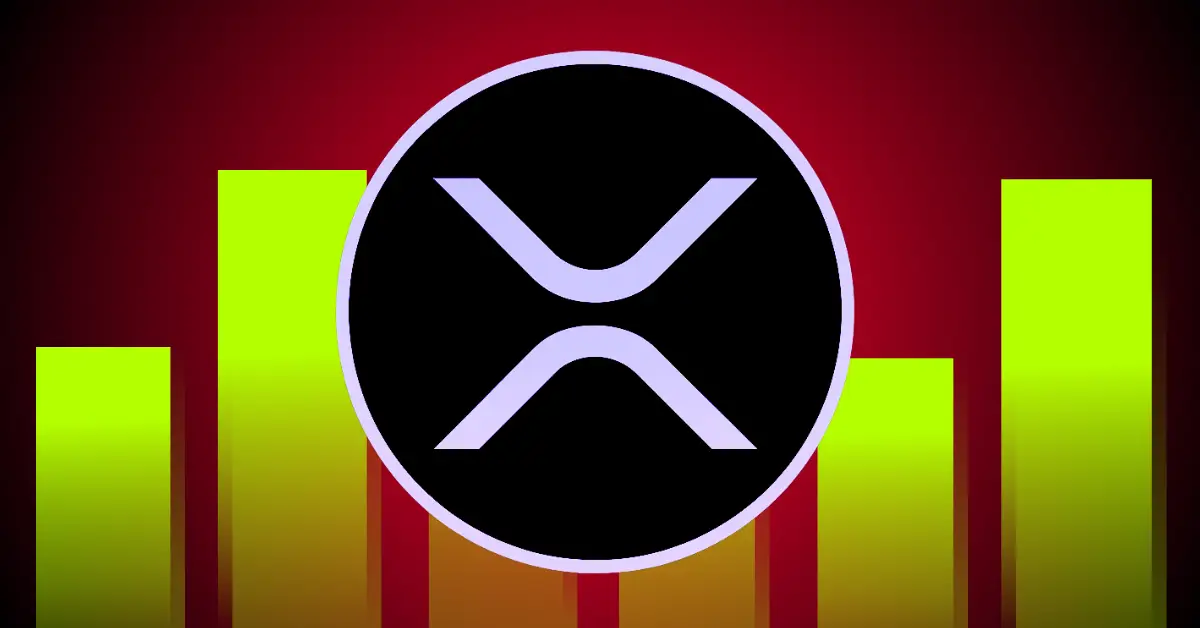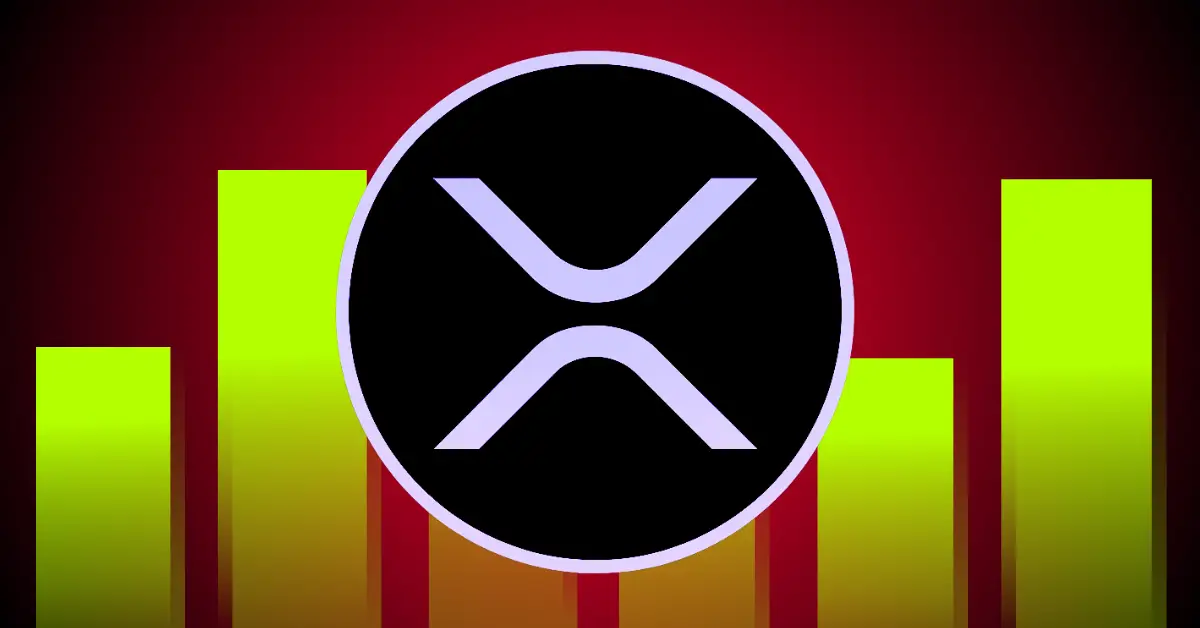The Battle for Global Payments: Ripple’s $21 Trillion Ambition
The Current State of Cross-Border Payments
The global financial system is a complex web of transactions, with cross-border payments forming a critical backbone. Today, the Society for Worldwide Interbank Financial Telecommunication (SWIFT) dominates this space, processing trillions of dollars daily. However, SWIFT’s system is far from perfect. High costs, slow processing times, lack of transparency, and geopolitical vulnerabilities have left the door open for disruption.
Enter Ripple and its digital asset, XRP. Ripple’s vision is to revolutionize cross-border payments by offering a faster, cheaper, and more transparent alternative to SWIFT. The company’s ambitious goal is to capture 20% of SWIFT’s transaction volume, which would translate to a staggering $21 trillion flowing through the XRP Ledger (XRPL) annually. This report explores the feasibility of this goal, its potential implications, and the broader disruption it could trigger in the global payments landscape.
The Case for Disruption
SWIFT’s dominance in the cross-border payments market is undeniable, but its system is ripe for disruption. The high costs associated with SWIFT transactions are a significant pain point for businesses and consumers alike. Multiple intermediaries and correspondent banks each take a cut, driving up the overall cost of transactions. Additionally, SWIFT’s slow processing times can hinder the efficiency of international trade, with cross-border payments often taking days to settle.
Lack of transparency is another major issue. Tracking the progress of a SWIFT payment can be difficult, leading to uncertainty and delays. This lack of visibility can be particularly problematic for businesses that rely on timely payments to manage their cash flow.
Geopolitical vulnerabilities further compound these issues. SWIFT has been used as a tool for economic sanctions, raising concerns about its neutrality and potential for political influence. This has led some countries to explore alternative payment systems, creating an opportunity for blockchain-based solutions like XRP.
XRP: A Game-Changer in Cross-Border Payments
XRP is a digital asset designed to facilitate fast and low-cost cross-border payments. Unlike Bitcoin, which operates on a decentralized proof-of-work consensus mechanism, XRP utilizes a more centralized and energy-efficient consensus protocol. Ripple markets XRP as a bridge currency that can quickly and efficiently convert one fiat currency into another, enabling seamless cross-border transactions.
Ripple’s vision is to replace the complex network of correspondent banks with a more streamlined system powered by XRP. Instead of relying on multiple intermediaries, financial institutions can use XRP to instantly settle payments directly with each other. This approach offers several potential benefits:
- Reduced Costs: By eliminating intermediaries, XRP can significantly lower the cost of cross-border payments.
- Faster Settlement Times: XRP transactions typically settle in seconds, compared to the days it can take for SWIFT payments.
- Increased Transparency: XRP transactions are recorded on the XRP Ledger, providing a transparent and auditable record of each payment.
- Enhanced Security: The XRP Ledger is secured by cryptography, making it resistant to fraud and cyberattacks.
Ripple has been actively working to build a network of financial institutions that utilize XRP for cross-border payments. The company has partnered with banks, payment providers, and other financial institutions around the world. While adoption has been slower than initially anticipated, Ripple has made significant progress in recent years, particularly in regions where the need for faster and cheaper cross-border payments is most acute.
The Path to $21 Trillion
The prospect of XRP capturing 20% of SWIFT’s volume, representing a $21 trillion annual flow, is undoubtedly ambitious. Several factors will determine whether Ripple can achieve this goal.
Regulatory Clarity
The regulatory landscape for cryptocurrencies remains uncertain in many jurisdictions. Clear and consistent regulations are essential for fostering institutional adoption of XRP. Ripple has been actively engaging with regulators to seek clarity on the legal status of XRP. The outcome of these efforts will be crucial in determining the future of XRP and its potential to disrupt the global payments market.
Institutional Adoption
Widespread adoption of XRP by banks and other financial institutions is crucial for achieving a significant market share. This requires building trust in XRP and demonstrating its reliability and scalability. Ripple has made significant strides in this area, with several major financial institutions already using XRP for cross-border payments. However, convincing more institutions to adopt XRP will be key to achieving Ripple’s ambitious goals.
Competition
Ripple faces competition from other blockchain-based payment solutions, as well as traditional payment providers. Companies like Stellar and Circle are also working on blockchain-based payment solutions, while traditional payment providers like Visa and Mastercard are exploring the use of blockchain technology to improve their services. Ripple will need to continue innovating and differentiating its offering to maintain its competitive edge.
Technological Advancements
Continued innovation and development of the XRP Ledger are necessary to maintain its competitive edge. Ripple has been actively working on improving the XRP Ledger, with recent upgrades aimed at enhancing its scalability and functionality. The company’s recent foray into the stablecoin market with RLUSD, designed to be pegged to the US dollar, could significantly fuel XRPL growth. The inherent deflationary mechanism of XRP, where small amounts are burned with each transaction, combined with the utility of a stablecoin on the ledger, could create a powerful economic engine.
SWIFT’s Response
SWIFT is not standing still. The organization is actively exploring new technologies and initiatives to improve its services and remain competitive. SWIFT’s recent launch of its global payments innovation (GPI) initiative aims to improve the speed, transparency, and traceability of cross-border payments. While GPI has made some progress, it still falls short of the speed and cost-efficiency offered by blockchain-based solutions like XRP.
Market Momentum
The increasing transaction volume and smart contract activity on the XRP Ledger suggest growing adoption and usage. Ripple has been actively working to build a vibrant ecosystem around XRP, with several projects and initiatives aimed at driving adoption and usage. The company’s recent partnership with the XRP Ledger Foundation and the launch of the XRP Ledger Community Fund are examples of its efforts to foster a thriving ecosystem around XRP.
The Potential Impact of Success
If Ripple succeeds in capturing 20% of SWIFT’s volume, the implications for XRP and the broader financial industry would be profound.
XRP Price Appreciation
Increased demand for XRP would likely lead to a significant increase in its price. Some analysts predict XRP could reach unprecedented levels if Ripple achieves its market share goals. The potential for XRP price appreciation is a significant driver of investor interest in the digital asset.
Greater Liquidity
Higher trading volumes and market capitalization would enhance the liquidity of XRP, making it easier for institutions to buy and sell. Increased liquidity would further drive adoption and usage, creating a virtuous cycle of growth and innovation.
Mainstream Adoption
Ripple’s success could pave the way for greater mainstream adoption of cryptocurrencies and blockchain technology. As more institutions adopt XRP for cross-border payments, the technology behind it will become more familiar and accepted. This could lead to a broader adoption of cryptocurrencies and blockchain technology in other areas of the financial industry.
Disruption of the Financial Industry
A shift away from traditional payment systems like SWIFT could disrupt the financial industry, leading to greater efficiency and lower costs for consumers and businesses. This disruption could also create new opportunities for innovation and competition, driving further advancements in the financial industry.
The Rise of Decentralized Finance (DeFi)
Ripple’s efforts could accelerate the growth of DeFi, empowering individuals and businesses with greater control over their finances. DeFi applications built on the XRP Ledger could offer new financial services and products, further driving adoption and usage of XRP.
The Road Ahead
Ripple’s ambitious goal of capturing 20% of SWIFT’s transaction volume is a testament to the transformative potential of blockchain technology in the financial industry. While the path to achieving this goal is fraught with challenges, the potential rewards are significant. Ripple’s efforts are driving innovation and challenging the status quo, paving the way for a faster, cheaper, and more transparent global financial system.
The future of finance is being written now, and Ripple is determined to be a leading author. The dream of a faster, cheaper, and more transparent global financial system, once a distant aspiration, is edging closer to reality, powered by the ambition and technology of companies like Ripple. Whether Ripple ultimately achieves its specific target remains to be seen, but its efforts are undoubtedly driving innovation and challenging the status quo. Even capturing a smaller percentage of the market would represent a significant victory for Ripple and XRP, and a major step forward in the evolution of global payments.












